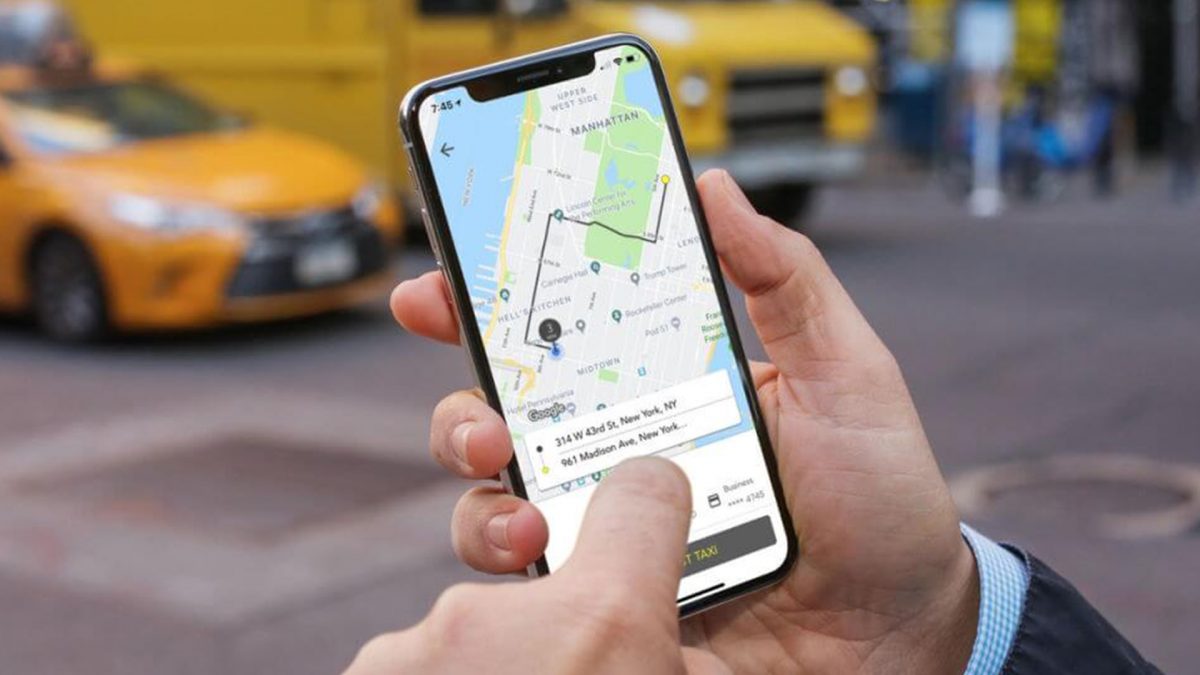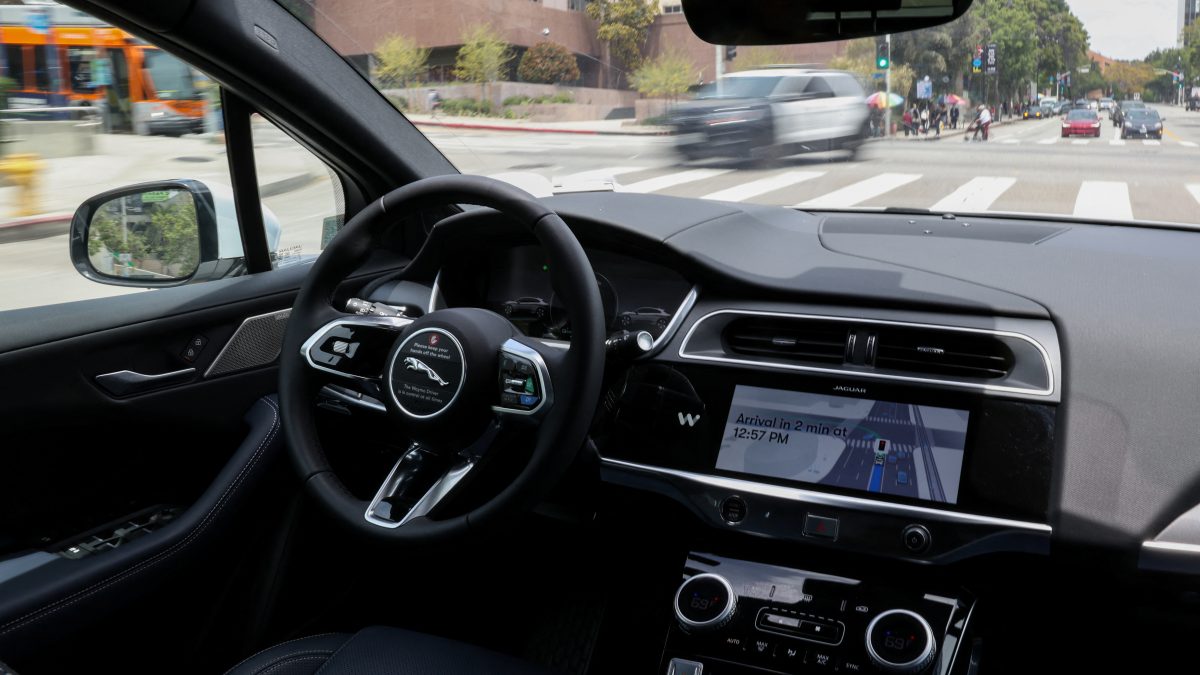Scammers and cybercriminals have found a new playground where they hunt for their prey — ride-hailing apps. What’s even more scary is the complexity of the tools they use, and how easy it is for scammers to actually access them.
For example, many fake cab drivers, use GPS spoofers, auto clickers and a bunch of other programmes to artificially manipulate driver availability and passengers to pump up their numbers and inflate surge pricing. In another sort of scam, drivers would often use fake profiles to manipulate their ratings and spoof the payments and rewards system.
As ingenious as these systems are, there are certain steps that ride-hailing apps and similar service providers can adopt to curb such scams. That way, not only do they protect their end-users and build a better, more trustworthy relationship with them, but also protect their own business interests.
We spoke to Gautam Sehgal, Country Head of India & Director of Enterprise Relationships SHIELD and Simon Revich Head of Fraud Prevention, inDrive, on some of the most common scams that users might come across on ride-hailing apps, and how do we keep ourselves protected. Edited Excerpts:
What are some of the most common kinds of frauds prevalent among ride-hailing players?
In the ride-hailing industry, fraud can manifest in several ways, with location spoofing being one of the most common. Fraudsters often use GPS spoofers to mask their true location, making it seem like they’re in high-demand areas when they’re not.
This not only increases their chances of getting more rides but also results in longer wait times for legitimate users and lost opportunities for honest drivers.
Impact Shorts
More ShortsPaired with drive-passenger collusion, GPS spoofing can escalate into artificial surge pricing. In these cases, fraudsters create and control thousands of fake driver and passenger accounts. They plant drivers in high-demand areas and use fake passenger accounts to create bogus ride requests.
This tricks the platform into detecting a surge in demand, activating surge pricing and inflating fares. The price hike is unjustified by actual demand, leading to customer frustration and distorting the overall efficiency of the ride-hailing system.
We also see ride request hogging, where fraud rings utilise auto-clickers to accept ride requests more quickly than legitimate drivers can respond.
This monopolises available rides making it harder for genuine drivers to earn a fair living. Lastly, promo abuse is quite prevalent. Some passengers exploit offers like “first ride free” by creating multiple fake accounts, allowing them to take advantage of these promotions repeatedly. This undermines the overall integrity and fairness of the system.
How are auto clickers being used by scammers?
Fraudsters use auto clickers in ride-hailing to accept ride requests automatically and at high speed and scale. Fraud rings exploit these tools, or modified ride-hailing apps, to rapidly grab ride requests the moment they become available, often much faster than legitimate drivers can respond.
This practice, known as ride request hogging, allows fraudulent drivers to monopolize the available rides, giving them an unfair advantage by securing more passengers. As a result, genuine drivers are left with fewer job opportunities which limits their earnings and disrupts the platform’s fairness.
This not only harms honest drivers but also undermines the integrity of the ride-hailing ecosystem.
We see a constant tussle between e-commerce or quick-commerce delivery partners, and end customers. Is there an application for this technology in e-commerce?
Absolutely, SHIELD’s device-first fraud intelligence is highly applicable in the e-commerce and quick-commerce sectors. E-commerce platforms face many fraud challenges, including referral and promo abuse.
Our technology addresses these issues by proactively detecting fraud at its source — the device itself. For example, fraudsters often create multiple fake accounts to exploit referral programs or claim promotions meant for genuine customers.
SHIELD’s device-first approach accurately detects and prevents multi-accounting, stopping repeated signups and fake redemptions before they can occur.
Similarly, our technology uncovers tools like emulators, autoclickers, and even cloned apps, which are commonly used for large-scale promo fraud. Beyond traditional forms of fraud, SHIELD is also crucial for protecting the integrity of the last-mile delivery process.
SHIELD also extends its protection to third-party logistics (3PL) partners — essential players in the quick-commerce and e-commerce ecosystems.
Fraudulent delivery riders can compromise the efficiency and trust of these networks, resulting in poor service and broken customer trust. Our technology’s ability to prevent fraud, even at the last mile, is critical for platforms looking to secure growth while ensuring that their customers and delivery partners are protected from fraudulent activities.
What is SHIELD’s Global Intelligence Network? How does it stop ride-hailing service providers from scamming people?
Our Global Intelligence Network is a powerful, proactive aspect of our AI technology that empowers our partners to stay ahead of fraud threats, even those they’ve never encountered before.
At its core, the network operates by constantly gathering and analyzing data from more than 7 billion devices and 1 billion user accounts worldwide.
This vast amount of data enables SHIELD to identify emerging fraud patterns, including those that are unique to ride-hailing platforms. What makes the Global Intelligence Network especially effective is its real-time, worldwide reach.
Fraud patterns don’t exist in isolation — what happens in one part of the world can quickly spread to another. SHIELD’s network keeps track of every type of fraud we’ve encountered, from the most common tactics to new, sophisticated methods that fraudsters develop.
By syncing attack patterns across the globe, SHIELD ensures that not just ride-hailing platforms, but all platforms are protected, not just from known threats but also from new fraud tactics that might not have surfaced on their platform yet.
Does inDrive & SHIELD also take into account that there have been instances where drivers are the one getting scams? How do you plan to protect drivers?
Yes, both inDrive and SHIELD recognize the unfairness that drivers face, including scams that target them directly, such as fake ride requests and payment fraud. Our partnership is dedicated to helping challenge this injustice and level the playing field.
Like we mentioned previously, fraudulent behaviour such as fake ride requests, location spoofing, and promo abuse can lead to unfairness on the drivers’ end as well. SHIELD is designed to protect businesses against these threats by identifying and blocking suspicious accounts and activities in real time.
By stopping fraud at the root, we’re able to return drivers the trust and fairness they deserve so that they can concentrate on delivering excellent service. Our protective measures create a safer, more trustworthy environment for both inDrive’s drivers and passengers, ensuring the integrity of every transaction and reinforcing the belief that hard work will be appreciated and valued.


)

)
)
)
)
)
)
)
)



